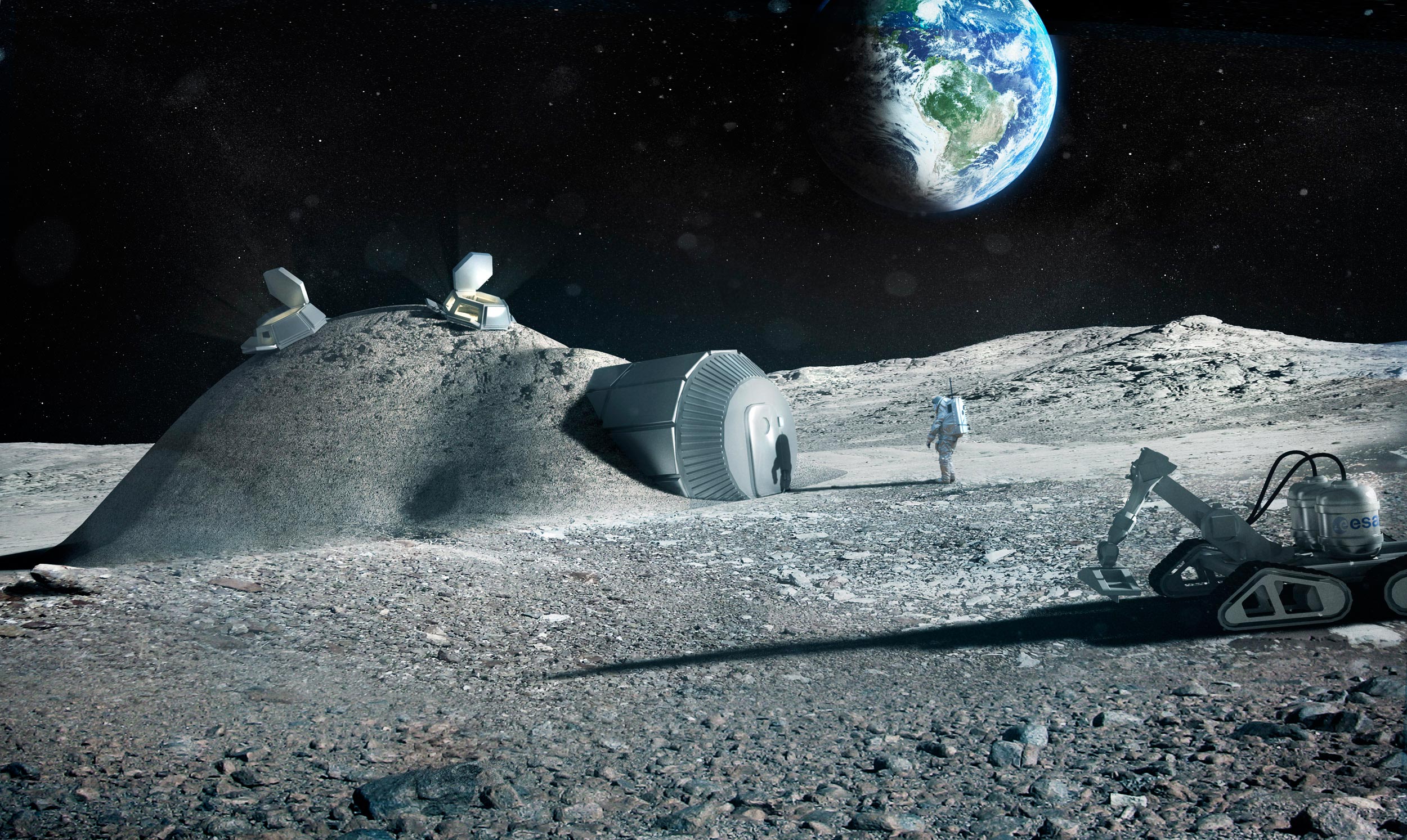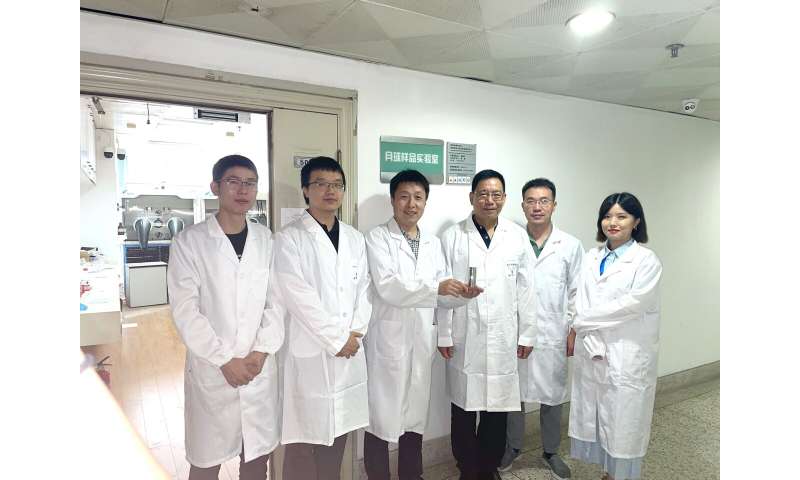Moon soil can transform carbon dioxide into oxygen and might support life in space, study finds
Scientists research a novel method of sustaining human life in space.

Key Highlights
- The material scientist Yingfang Yao of Nanjing University and his colleagues seek to build a system that makes use of lunar dirt and solar radiation.
- The system primarily uses lunar dirt to electrolyze water taken from the Moon and astronauts' breathing exhaust into oxygen and hydrogen using solar energy.
- During a hydrogenation process catalysed by lunar soil, the carbon dioxide exhaled by moon residents is also collected and mixed with hydrogen from the electrolysis of water.
- The technique uses just sunlight to produce a multitude of useful goods, including water, oxygen, and fuel, that may sustain life on a lunar outpost.
- The researchers are seeking a chance to test the technology in orbit, most likely in conjunction with China's future crewed lunar expeditions.
Advertisement

This schematic shows how lunar soil can work as a catalyst for extraterrestrial photosynthesis to make oxygen and fuels needed for long-term survival on the moon. Credit: Yingfang Yao
The material scientist Yingfang Yao of Nanjing University and his colleagues seek to build a system that makes use of lunar dirt and solar radiation.
 This photograph shows a lunar soil sample returned by China’s Chang’e 5 spacecraft. Credit: Yingfang Yao
This photograph shows a lunar soil sample returned by China’s Chang’e 5 spacecraft. Credit: Yingfang Yao
After studying the Chang'e 5 lunar soil sample, it was discovered that the sample contained chemicals — including iron-rich and titanium-rich substances — that might serve as catalysts for the production of desired goods, like oxygen from sunlight and carbon dioxide.
They proposed an "extraterrestrial photosynthesis" strategy based on the observations.
The system primarily uses lunar dirt to electrolyze water taken from the Moon and astronauts' breathing exhaust into oxygen and hydrogen using solar energy.
During a hydrogenation process catalysed by lunar soil, the carbon dioxide exhaled by moon residents is also collected and mixed with hydrogen from the electrolysis of water.
The process generates hydrocarbons, such as methane, which could be used as fuel.
The technique uses just sunlight to produce a multitude of useful goods, including water, oxygen, and fuel, that may sustain life on a lunar outpost.
Advertisement

This photograph shows the research team at Nanjing University holding the lunar soil sample. Credit: Yingfang Yao
The researchers are seeking a chance to test the technology in orbit, most likely in conjunction with China's future crewed lunar expeditions.
Dr. Yao stated, "We leverage in-situ natural resources to reduce rocket payload, and our technique gives a scenario for a sustainable and cost-effective extraterrestrial living habitat."
"Although the catalytic efficiency of lunar soil is lower than that of Earth-based catalysts, we are experimenting with various methods to improve the design, such as melting the lunar soil into a nanostructured high-entropy material, which is a superior catalyst."
Scientists have proposed numerous extraterrestrial survival tactics in the past. However, the majority of designs rely on earth-based energy sources.
For instance, NASA's Mars rover Perseverance carried equipment capable of converting carbon dioxide in the planet's atmosphere to oxygen, but it was fueled by an onboard nuclear battery.
According to Dr. Yao, the crewed spaceflight business will develop rapidly in the foreseeable future.
"Much like the 'Age of Sail' in the 1600s, when hundreds of ships sailed to the sea, we are about to enter an 'Age of Space.'"
However, if we wish to conduct large-scale exploration of the alien realm, we must consider strategies to minimise payload, which means relying on as few supplies from Earth as possible and instead utilising extraterrestrial resources.
Advertisement